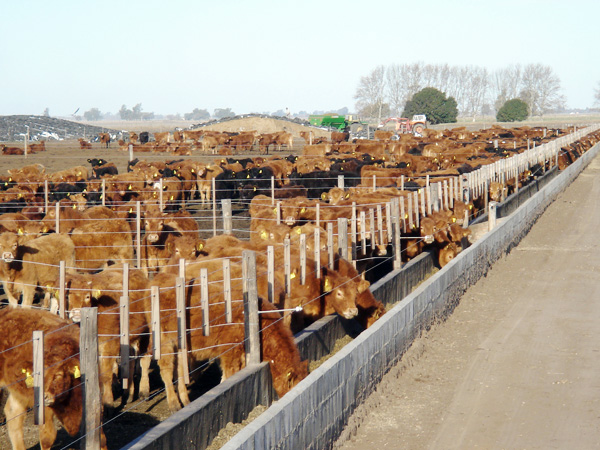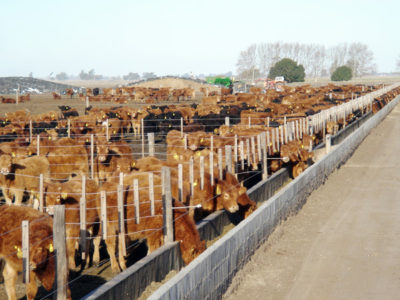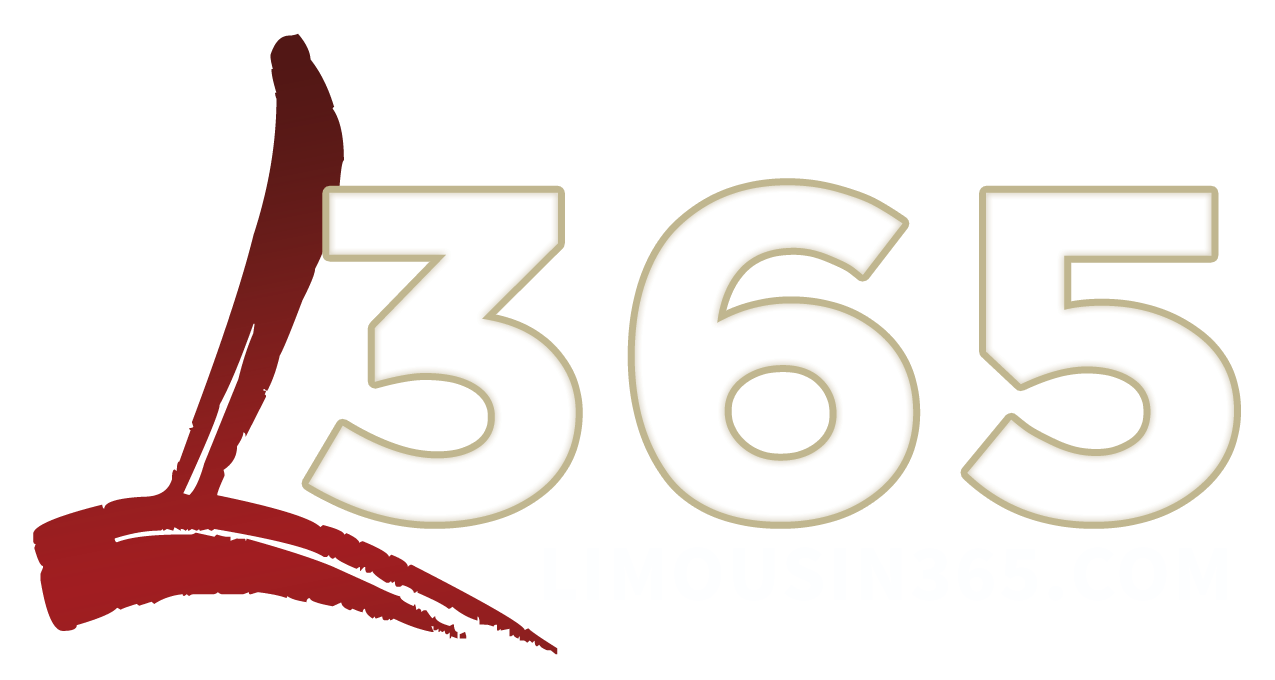
Fed Heifer Marketings Surge

Fed heifer slaughter is up about 17 percent over the last six weeks, using the daily slaughter data and estimating the first two weeks of June.
by David P. Anderson
Texas A&M AgriLife Extension Service
Cattle slaughter surged over the last 6 weeks with weekly slaughter over 650,000 head every week since the first of May, except the Memorial Day shortened week. Total cattle slaughter is up about 9 percent compared to the same period a year ago. Much of the year-over-year increase in slaughter is from heifers.
Fed heifer slaughter is up about 17 percent over the last six weeks, using the daily slaughter data and estimating the first two weeks of June. Going back to the first of April fed heifer slaughter is up about 16 percent compared to a year ago. Weekly slaughter levels were the largest since May 2013.
Steer, heifer, beef cow, and dairy cow slaughter tend to have their own different seasonal pattern. These depend, in large part, on seasonal production patterns. Beef cow culling tends to climb in late Spring-early Summer then peaks in Fall. Dairy cow culling bottoms out in summer. Looking at the last few years, heifer slaughter tended to be at it’s seasonal low from about May-July at the same time steer slaughter hit it’s seasonal high.
Summer seasonal lows in heifer slaughter over the last few years reflects cow herd expansion. Fewer heifer calves were sent to feedlots as they were kept to enter the herd. The seasonality of heifer slaughter is likely changing as the herd size has recovered from the drought and expansion is slowing. More heifer calves and feeders are available to go to feedlots because more were born and fewer are needed for herd replacement.
The Cattle on Feed report each quarter includes a breakout estimate of the number of steers and heifers on feed. The April Cattle on Feed report indicated that there were 14 percent more heifers on feed than the year before. That estimate is not far off the growth in heifer slaughter, year-over-year in the April-early June period. While the number of heifers on feed has been very large compared to the last few years, it is about the same as the number on feed, on average, over the 2007-2012 period before the drought and during the herd adjustments to ethanol fueled feed costs. The July Cattle on Feed report will provide the next estimate of the number of heifers in feedlots.
In the face of surging heifer and all cattle slaughter, fed cattle prices rebounded last week, up from about $110 to about $114 per cwt. Exports continue to boom while some market refueling from the Memorial Day holiday weekend is moving beef in the domestic market.
The Choice beef cutout continues to hang in there with growing beef supplies, finishing up the week about $226, down only slightly from the end of the week before. The Choice-Select spread was about $23. Fed cattle prices popped up a couple dollars from the week before. Of note, no fed cattle trade was reported in Colorado due to confidentiality constraints in mandatory price reporting. This has been a growing concern for some time.



